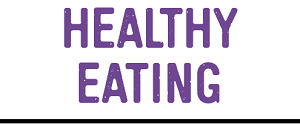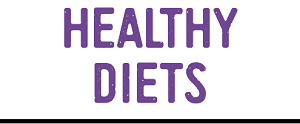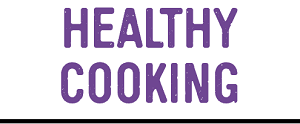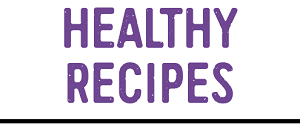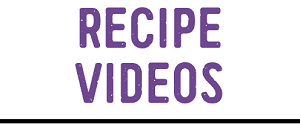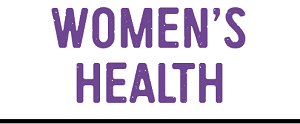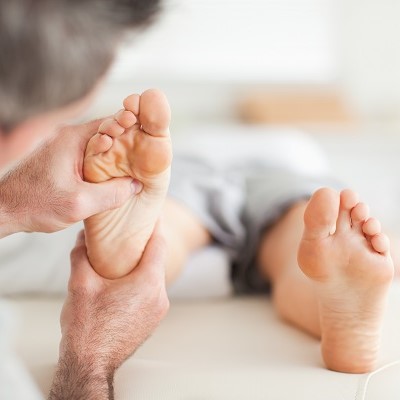 Alternative medicine practices continue to serve millions of people around the world. Some are used to complement conventional medical care and sometimes they are used as a standalone solution.
Alternative medicine practices continue to serve millions of people around the world. Some are used to complement conventional medical care and sometimes they are used as a standalone solution.
All therapy options under the CAM (Complementary and Alternative Medicine) umbrella are natural and many are centuries old dating back to ancient civilizations. Reflexology is one such therapy.
You are probably familiar with the term, but you might not know a whole lot about the actual practice. It’s more than just a massage – reflexology is all about applying pressure to specific areas of the ears, hands, and feet.
These points correspond to various parts of the bodily systems, such as the muscular, lymphatic, and nervous systems.
Many reflexology practitioners will use tools to aid their work. Ultimately, the purpose of reflexology is to apply pressure to specific points in order to improve someone’s health.
What a Session Looks Like
There are a wide range of people who have chosen to become certified reflexologists, from massage therapists to physical therapists and chiropractors. All these people see value in the practice. When you attend a session, your reflexologist will likely use a variety of different techniques.
Typically, the session begins with toes or fingers and they will then work their way down your foot or hand. If they come across tightness, then they will apply appropriate pressure in order to restore balance to your body. They work each point in order to address every area of your body. A session can be as short as 30 minutes or as long as 60 minutes.
There are many movements in reflexology that appear massage like, but a massage is focusing on the muscles. A reflexologist will apply pressure into the cracks and crevices where major nerves hide. In reflexology, a sore muscle is indicative of a blood flow problem.
What You Will Feel
Everyone responds differently to reflexology. For some, a euphoric state will be induced – you may feel totally relaxed or aware of every pressure point being touched. Often, the relief will be apparent on your face.
The majority of people experience warmth and tingling throughout their body. It’s also common to experience heavy sighing, laughter, tears, coughing, feeling cold, sweaty feet and hands, as well as to feel light headed. You may also feel thirsty, want to go to sleep, experience muscle contraction, fell as though you are floating, and free of pain.
Before you attend a session of your own, be sure to avoid caffeine and alcohol (that goes for after as well). You should also avoid wearing hair products, perfumes or lotions. Ideally, you will have a list of symptoms that you have been experiencing recently so that your reflexologist can gauge the efficacy of your sessions.
After your session, you should drink plenty of water and avoid any food and drinks that will cause dehydration. Don’t be afraid to ask questions either, reflexologists have been through training and certification so, they are fully capable of answering related questions and should be happy to put you at ease.
The Benefits of Reflexology
There are plenty of benefits to reflexology. According to the Mayo Clinic, reflexology can relieve the symptoms of anxiety and depression, improve sleep and relaxation, as well as offer pain relief.
According to the University of Minnesota, “Research studies in the U.S. and around the world indicate possible benefits of reflexology, particularly in reducing pain, enhancing relaxation, and reducing psychological symptoms, such as anxiety and depression. However, reviewers of the research have noted that the quality of reflexology studies is mixed and more high-quality research is needed.”
Early studies indicate that reflexology can also assist patients with coronary problems, cancer, and multiple sclerosis.
If you live in pain and struggle to sleep, a visit to a certified reflexologist is a smart move.
